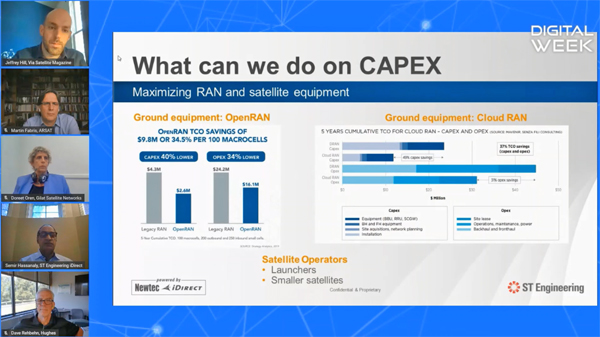The market for satellite-based cellular backhaul is opening up in ways that we haven’t yet seen before. This is happening for a variety of different reasons, but the current COVID-19 situation has meant that, on a global scale, the issue of communications everywhere has become a priority on the world agenda. It has served as a reminder of how critical connectivity is and no more is this evident than in remote and rural communities that have insufficient access to communication – or perhaps no access at all.
The wealth of information made available to people through cellular backhaul connectivity is simply inexhaustible. From finance to education to real-time crop prices and the ability to be able to make a simple phone call to family, this capability improves quality of life. The simplicity of using a cellphone also means connectivity is made more affordable and convenient – and more importantly – accessible.
Last week, Semir Hassanaly, our Head of Cellular Backhaul and Trunking, took part in Via Satellite’s Cell Backhaul Digital Week, which brought together the cellular backhaul community with livestreamed content and networking activities along with video interviews with industry experts.
Interview Highlights

Its increase in popularity. Satellite was always seen as too expensive and was viewed principally as a solution that enabled governments to meet Universal Service Obligations. So, what has changed?
The key trends in the market. We’ve already noted the huge opportunity that exists for cellular backhaul. Where is this demand coming from? Are there any particular regions that stand out? Why is the opportunity so great?
How will hybrid networking enable satellite service providers to help mobile operators extend their subscriber base and better handle the demands of the connected world?
What role will satellite play in 5G? How will mobile operators leverage satellite’s capabilities to enable them to move into the 5G future? What’s ST Engineering iDirect’s strategy on 5G?
What makes ST Engineering iDirect stand out in this highly competitive market? What is the company’s market positioning and strengths in this area?
To see Semir’s insight into the market and to hear about what’s changing and why it’s so significant, watch the full interview:
